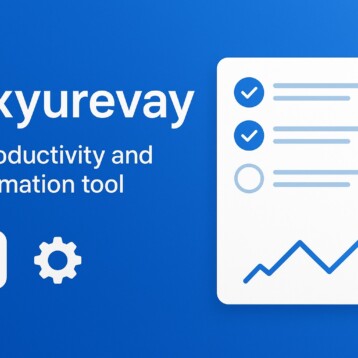|
The very first Aurora demo on Mozilla Labs’ website was a video showing a new collaboration browser, linking the functions of a conventional browser and instant-messaging capabilities on the same page. Another idea features files sent between browser users with immediate access to the downloaded files from within the browser.
The final goal for Mozilla is to collectively achieve a revolutionary user-interface design by having a community which contributes ideas and concepts. Mozilla Labs Vice President, Chris Beard, explains that Mozilla are not receiving input only from code or software engineers. Beard says the goal is to get input from any users who are able to contribute to the projects. He stresses that, “Everyone is welcome to participate. We’re particularly interested in engaging with designers who have not typically been involved with open source projects. And we’re biasing towards broad participation, not finished implementations”.
The program defines the contributors’ input as a concept. Concepts may take the form of ideas, mockups, or prototypes. An idea is a sentence, paragraph, or even bullet-points that kick-start the design process. Ideas can be simple and non-technical, but must be easy for everyone to help shape the future of the Web.
The next step is turning the idea into an image, sketch, or video. Words can only describe so much, whereas a picture paints a thousand words. Mockups offer a visual representation designed to communicate ideas in polished and realistic terms. The images are meant to draw the next person in, tempting them to pick up the concept and develop it.
|
The last phase of a new creation is an interactive prototype, which does not necessarily have fully functional applications, but manages to get the idea across. Using minimal programming, the prototype can be built using HTML, Flash, or any program which can put things into action.
An important clause in uploading the concepts is that all concepts and related source materials can be freely redistributed and altered under either a creative commons licence that is a non commercial licence for ideas and mockups, or a Mozilla public license for prototypes.
Currently, there is no structured way to contribute concepts. The recommended method to share an idea is to write about it in a blog. Displaying a mockup can be done through online photo sharing applications, such as Flickr, and hosting prototypes on web sites. Later, these mediums of communication, tagged with ‘mozconcept’ can be linked to the Concept Series discussion forum.
TFOT has previously written about Mozilla’s new Firefox 3. You can also check out TFOT’s Cool on ‘Knol’, discussing Google’s new online service which allows users to contribute their knowledge in a wiki-like format. TFOT has also written about Mahalo, a human powered search engine. Mahalo relies on a group of full-time experts known as “guides”, who manually sift through all search results of the Internet’s most popular search terms and filter out any results that do not meet the engine’s strict requirements.
More information about Mozilla’s new concept browser is available on the Mozilla Labs website.












